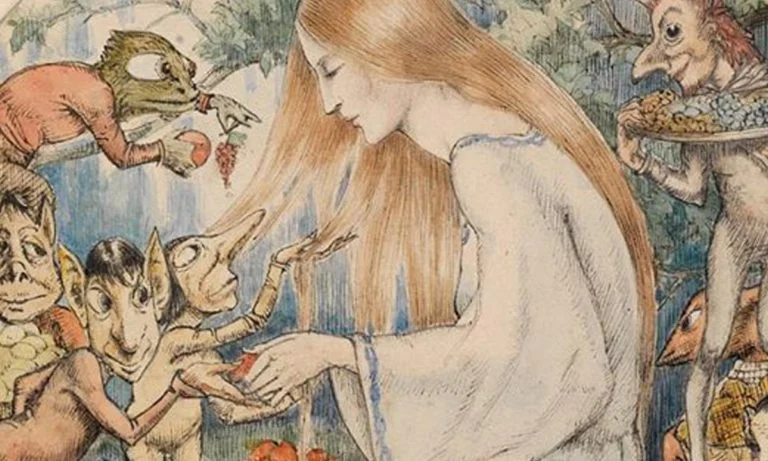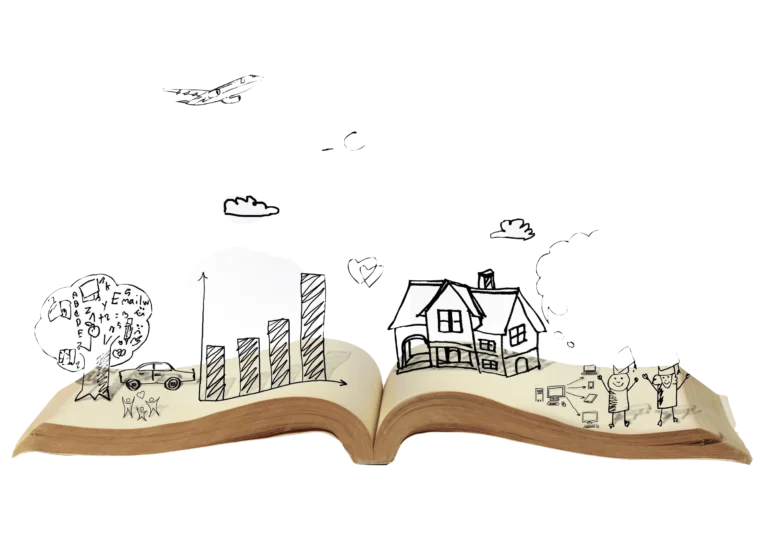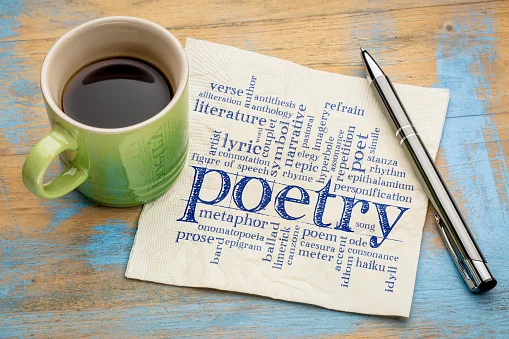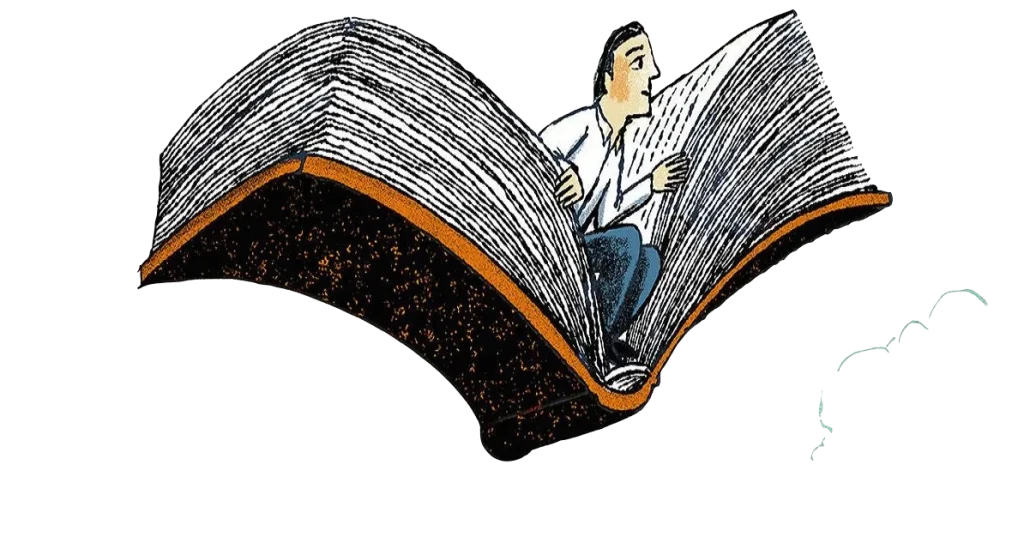Protagonists form the central character in a story, novel, poetry, narrative or any form of creative writing. It is the fundamental character in a story. In this lesson, let’s learn all about Protagonists in Creative Writing and Literature.
Describing Protagonists as a Literary Device
The protagonist is the character who tends to attract the readers or audiences in a story. This is the main character. The protagonist is the character of the story who comes across maximum conflicts in a narrative. A protagonist is present in all forms of art that has a character and a story. It may be a story, novel, poem, drama, films, and so on. Generally, there is only one protagonist in a narrative. But it is also not unusual to use more than one protagonist. This is possible when there are subplots in a story.
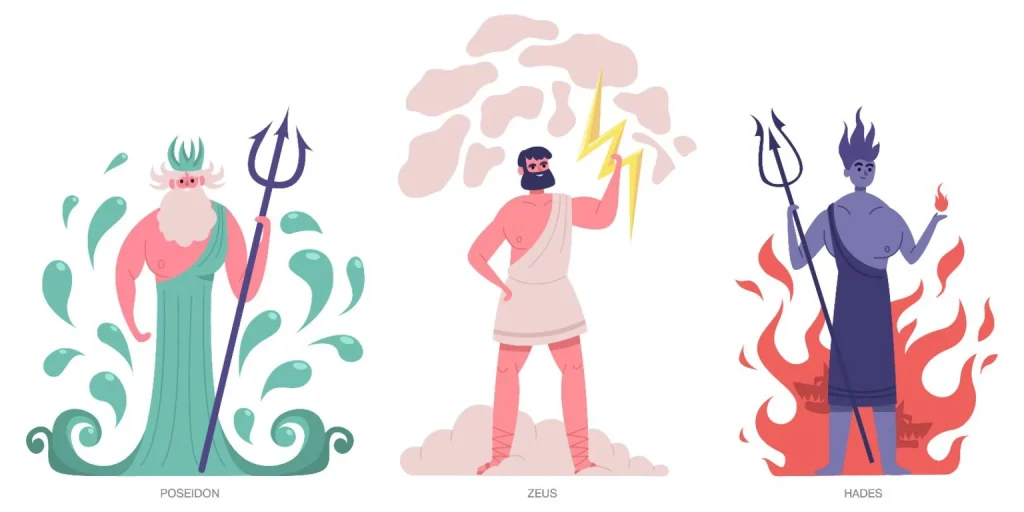
Protagonists are not always moral or good. But a protagonist always has the sympathy of readers or the audiences. In most of the stories, an antagonist is also present who creates opposition to the goals of the protagonist. The whole narrative or plot develops around the protagonist.
The word Protagonist is derived from the Ancient Greek word, prōtagōnistēs, who is the primary actor or central character in a drama or a performance.
Types of Protagonists in Creative Writing
The protagonists in a narrative can be categorized under the following: heroes, antiheroes, villains, supporting protagonists, false protagonists, and rotating protagonists.
Hero
This is the kind of protagonist who falls under the conventional or traditional types in a narrative. This form of protagonist form under the subtype of classic heroes and tragic heroes.
Classic heroes show morality, righteousness, humanitarianism, bravery, and so on. They are primarily correct who fight all the odds morally. They follow ethical paths to achieve their objectives. Jane Eyre by Charlotte Bronte is an example of a classic hero.
The tragic hero also shares most of the characters that are present in the character of a classic hero in a story. But the tragic heroes face tragedy in a work of literature. In Shakespeare’s work Hamlet is a tragic hero.
Anti-Hero
Antiheroes are the protagonists who do not conform to the expectations of the readers. They generally do the correct reasons but for incorrect reasons. Although there are flaws and faults in the character, there is also some righteousness which is present in the character. Like heroes, many forms also exist in antiheroes. Antiheroes do not react unless they are affected personally.
Dexter Morgan’s crime thriller depicts Dexter as an antihero.
Villain
Although villains are considered to be the secondary characters or the antagonists in a story. But in modern literature, they can also take the place of primary characters or the centre of the story. They are opposed to traditional literature. They perform wrong things or are involved in immoral acts for unavoidable reasons. Describing a story with a villain protagonist is a precarious task which a writer undertakes. One of the examples includes Humbert Humbert.
Supporting Protagonists
They provide support to the leading roles in a story especially to the heroes of a story. They constitute secondary characters in a narrative where they are present. In the novel “To Kill a Mocking Bird” although Scout is the central character, the real hero is Atticus Finch, her father.
False Protagonists
This is a protagonist type whereby they are revealed to be some other character very soon in a narrative. They may be killed shortly in a story or novel. They may even be seen turning to be an antagonist in the later parts of the plot.
For instance, the film Psycho had depicted the best example of a false protagonist. Marion Crane is shown as the main character for a very brief time in the drama after which the character is brutally murdered.
Rotating Protagonists in Creative Writing
This uses various characters as protagonists in a story turn by turn. The author uses the focuses on various plotlines and characters in various chapters of his novels or stories.
Ideal literature which uses rotating protagonists is Everything, Everything.
Identifying Protagonists
The identification of a protagonist in a narrative, story, or drama is not that difficult. They form the centre of the plot and are easily identifiable through the description of the story or the way the protagonist is described in the narrative. The main character can also be identified by analyzing the challenges and obstacles he faces as the plot of the story progresses. The decisions taken by the protagonist directly or indirectly affect the plot. The protagonist brings changes across the story because of the transformations in the life of the protagonist.
Functions of Protagonists in Creative Writing
Protagonists constitute the heart and soul of a story. It helps a story to move forward and changes it as it moves forward. There are obstacles, and challenges which the protagonists face in a story and it helps to give the story a new turning point. The characters including that of the protagonists get shaped as it moves ahead in a narrative.
Examples of Protagonists in Creative Writing
- The first example is that of a hero protagonist in Beowulf. This is a poem that gives an instance of a classic traditional hero who is just, brave and moral.
- The second one is an example of an antihero Protagonist in The Catcher in the Rye. This narrative talks of a teenage boy who is thrown out of several boarding schools. The name of the protagonist of the story is Holden Caulfield.
- The villain protagonist is used in Despicable Me. Gru, in the drama describes himself as a villain.
- In Arthur Conan Doyle’s Sherlock Holmes, Watson who is the sidekick of Sherlock seems to be the best supporting protagonist that literature could ever have again. He is a constant support to the central character of the story.
Share with your friends

